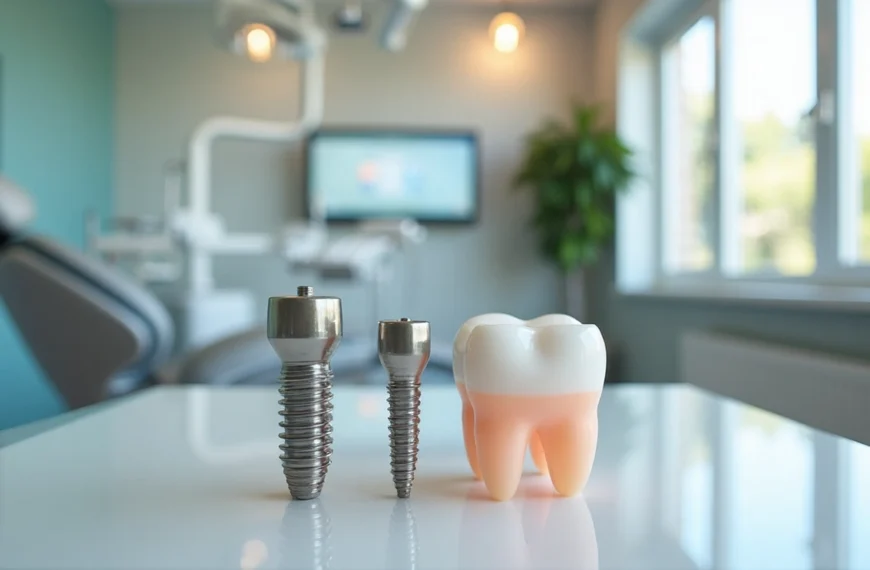DIY home remodeling comes with its most important pros and cons that homeowners must weigh before starting their projects. Homeowners can save up to 75% of project costs by taking the do-it-yourself route. The average DIY renovation costs $2,502, while professional work runs about $6,352. These numbers help explain why more than half of all homeowners tackled at least one renovation project last year.
Home improvement and renovation projects continue to gain popularity, particularly among Millennials. About 73% of this generation identifies as DIYers. The choice between DIY and professional help isn’t always clear cut though. Homeowners can save up to 83% compared to contractor rates, but they often find unexpected challenges during the process. Americans spent an estimated $603 billion on home remodeling last year. These numbers show both the financial investment and importance of smart decision-making. Let’s get into the real advantages and disadvantages of DIY remodeling and see which projects give the best returns and when professional help makes more sense.
The real cost savings of DIY remodeling
The numbers tell a clear story about DIY home remodeling savings. You can slash project costs by 30-70% by taking the hammer into your own hands instead of hiring professionals. This huge difference shows why homeowners love the DIY approach for their renovation plans.
How much you can save vs hiring a contractor
The U.S. Census Bureau’s American Housing Survey reveals some eye-opening figures. Professional home improvement projects cost $6,352 on average, while DIY projects cost just $2,502. This means you could save about 60%. Some projects save you even more money. Bedroom renovations show a $14,947 gap between professional ($22,130) and DIY ($7,183) costs.
Kitchen remodels, the crown jewel of home renovations, cost $17,040 with professionals but only $8,204 if you do it yourself – putting $8,836 back in your pocket. Bathroom remodels show similar savings: $11,080 for professional work versus $3,776 for DIY.
Which projects offer the highest ROI
Not every DIY project gives you the same bang for your buck. Bathroom and kitchen renovations usually save you the most since labor makes up 40-60% of these costs. A properly done bathroom renovation can give back up to 68% of its cost.
Here are more high-ROI DIY projects:
- Basic cosmetic updates like painting (neutral colors pay off better)
- New energy-efficient windows that cut down utility costs
- Better insulation that saves on energy bills
- Wood deck additions (these pay off better than synthetic ones)
When DIY is not worth the savings
Some projects make more sense to leave to the pros. Big jobs that need structural changes, electrical work, or major plumbing updates require special knowledge and expensive tools – a tile cutter alone could set you back $3,000.
Permits create another challenge since many cities only give them to licensed professionals. DIY mistakes can lead to code violations, safety issues, and damage to your property. Your home’s value might even drop if DIY work isn’t done right, which wipes out those original savings.
Projects that are ideal for DIY
Image Source: Family Handyman
Homeowners can tackle many remodeling projects on their own without hiring professionals. DIY-friendly projects give you the right mix of required skills, money savings, and personal satisfaction.
Painting and cosmetic upgrades
A fresh coat of paint is one of the most budget-friendly ways to change any space. You can complete this project over a weekend and save on labor costs while giving your room a whole new look. Paint can work wonders on outdated cabinets, floors, or picture frames too. Adding crown molding brings character to rooms, and PVC or foam options work better than wood. These materials resist moisture better and you’ll find them easier to install. PVC crown molding works great in bathrooms and humid spaces.
Landscaping and outdoor improvements
Your home’s first impression really counts, which makes outdoor projects especially rewarding. Basic maintenance like trimming overgrown shrubs, adding fresh mulch to gardens, and planting bright flowers near entryways makes a big difference. Well-placed landscape lighting can show off your home’s best features at night. Your front door can make a bold statement with a new coordinating color – it’s an easy way to refresh your home’s look. New door hardware also makes a big visual impact without breaking the bank.
Installing insulation or replacing fixtures
You can install fiberglass or mineral wool insulation by yourself. This DIY project improves energy efficiency by a lot if you have proper safety gear and basic tools like a utility knife and staple gun. Light fixtures are another doable project – just switch off power at the breaker, snap photos of existing wiring, and stick to manufacturer guidelines. Most fixtures cost $50-$100 but look much more expensive once they’re up.
Simple kitchen and bathroom updates
You don’t need full renovations to update kitchens and bathrooms. Set up a stylish coffee corner with your machine and supplies. A fresh paint job on cabinets works great, especially when going from wood to light colors. New hardware adds a modern touch. Displaying attractive kitchen items on open shelves creates visual interest. Bathrooms look better with new cabinet pulls, faucets, and showerheads in matching finishes. Even something as simple as fresh caulk makes things look better and stops water damage.
The hidden downsides contractors won’t mention
Image Source: Curbio
DIY remodeling promises attractive cost savings, but contractors rarely tell you about the challenges that await. These hidden pitfalls can transform your dream projects into nightmares without proper preparation.
Time commitment and learning curve
Professional contractors complete projects in days while DIY enthusiasts need weeks or months. A typical DIY bathroom remodel takes 22 days compared to a professional’s 7-day timeline. Most first-time DIYers underestimate their project timelines by 40-60%. The learning curve to become skilled at specialized tasks can be steep. Tile installation requires you to understand substrate preparation, layout planning, and precise cutting techniques. Most homeowners overlook the time they’ll spend watching tutorials, reading instructions, and practicing techniques before the actual work starts.
Mistakes that cost more to fix
Amateur mistakes often lead to expensive corrections. Research shows that 63% of DIYers report having to redo at least one part of their project. Here are some costly mistakes that happen often:
- Wrong measurements that waste materials
- Poor waterproofing that damages structure
- Uneven tile or flooring that needs complete replacement
These DIY mistakes cost homeowners $1,500-$3,000 per project on average—this is a big deal as it means that the cost exceeds the original professional quote.
Permit and legal issues
Building codes and permit requirements create unexpected obstacles in many areas. Local authorities only grant permits to licensed professionals for electrical, plumbing, and structural work. Work without permits can result in fines, removal of completed work, or problems when selling your home. Insurance companies might reject claims for damage related to unpermitted work, which creates serious financial risks.
Safety risks and insurance concerns
DIY injuries happen more than you might think—doctors treat approximately 220,000 DIY-related injuries in emergency rooms each year. Power tools cause 37% of these injuries. Regular homeowner insurance policies don’t cover accidents during DIY renovations. This leaves you exposed to medical expenses and liability issues. Projects with electrical work, roofing, or structural changes are especially dangerous when you have no professional training or insurance to handle them.
How to decide if a project is right for DIY
Smart decisions about DIY renovation projects depend on careful planning and honest self-reflection. Your success depends on how well you assess your abilities and plan ahead, not just enthusiasm.
Assessing your skill level honestly
A realistic look at your capabilities should come before you pick up that toolbelt. You need to think about how comfortable you are with different tools, your grasp of simple repair concepts, and what DIY work you’ve done before. Local home improvement stores have free classes on simple repairs—these are a great way to get more confident with the basics. Ask yourself: Can you handle the physical work? Do you know the techniques? What similar projects have you completed? The numbers tell an important story – more than 30% of professional remodeling work comes from DIY projects gone wrong.
Understanding tool and material costs
Money matters aren’t always clear cut. High-end equipment can break the bank—a professional tile cutter might set you back $3,000. You should think about whether renting makes more sense for one-off jobs. The quality of materials also matters – cheaper options might not last as long and cost more down the road. Your budget should cover tools, materials, permits, and extra funds for possible mistakes.
When to consult or hire a pro
Some projects need professional expertise whatever the potential cost savings. This list has structural modifications, major electrical or plumbing work, and HVAC systems. Your local authorities usually require licensed contractors for permit-needed work. Mistakes in these areas can lead to safety risks, code problems, or property damage that costs more than the original professional quote.
Tips for starting small and scaling up
Simple weekend tasks like fixing doors or painting rooms make good starting points. These projects help you learn skills you can use later. Online resources are valuable – YouTube guides, community college workshops, and DIY sites offer solid advice. Real hands-on practice comes from places like Habitat for Humanity where experts guide your learning. Each project you complete successfully builds your ability to tackle bigger renovations later.
Conclusion
Balancing Dreams with Reality: The DIY Decision
DIY home remodeling can save you 30-70% compared to hiring professionals [link_1]. Notwithstanding that, you’ll just need good planning and an honest look at your capabilities to succeed. The huge cost savings look great, but hidden challenges like time investment, learning new skills, and dealing with permits need careful thought.
Simple projects like painting, landscaping, and changing fixtures are perfect starting points for DIY fans. These beginner-friendly renovations help you build skills and improve your space without much risk. But complex jobs involving electrical work, structural changes, or major plumbing usually need professional help despite the higher costs.
Of course, safety should shape your DIY choices. The numbers tell a sobering story – 220,000 people visit emergency rooms each year due to home improvement accidents. On top of that, work without proper permits can cause insurance issues, make selling harder, and create unsafe living conditions.
New DIYers should tackle a small project first, like a weekend paint job or replacing a fixture, before jumping into bigger renovations. This step-by-step approach builds confidence and helps avoid costly mistakes. While DIY projects take substantially longer than professional work, many homeowners find rewards beyond just saving money.
The path to successful home remodeling matches projects with your skills, time, and budget. Well-done DIY renovations can reshape your living space while teaching valuable skills and saving money. Smart homeowners know their limits, buy proper tools and materials, and aren’t afraid to call pros when needed. A mixed approach often works best – DIY for simpler jobs and professional help for complex work. This strategy maximizes both savings and results.
FAQs
Q1. What are the main cost savings of DIY home remodeling? DIY home remodeling can save homeowners 30-70% compared to hiring professionals. For example, the average DIY home improvement project costs around $2,500, while professional work averages over $6,300. However, savings vary depending on the specific project and your skill level.
Q2. Which home renovation projects are best suited for DIY? Projects ideal for DIY include painting, basic landscaping, installing insulation, replacing fixtures, and simple kitchen/bathroom updates. These offer a good balance of skill requirements and potential cost savings. More complex projects involving structural, electrical or plumbing work are usually better left to professionals.
Q3. What are some hidden challenges of DIY remodeling? Common challenges include underestimating time commitments, a steep learning curve for new skills, potential mistakes that are costly to fix, permit/legal issues, and safety risks. DIY projects often take much longer than professional work, and fixing errors can sometimes exceed initial contractor costs.
Q4. How can I decide if a renovation project is right for DIY? Assess your skill level honestly, understand all tool and material costs, and consider the project’s complexity. Start with small, manageable projects to build skills. For major work requiring permits or specialized knowledge, consult professionals. Remember that mistakes in critical areas like electrical or plumbing can be dangerous and expensive.
Q5. What safety precautions should I take for DIY home renovations? Always use proper safety gear, especially when working with power tools. Understand and follow local building codes. Be cautious with projects involving electricity, gas lines, or structural changes. Have a plan for emergencies and know your limits – some projects are safer left to professionals. Consider that standard homeowner’s insurance may not cover DIY renovation accidents.
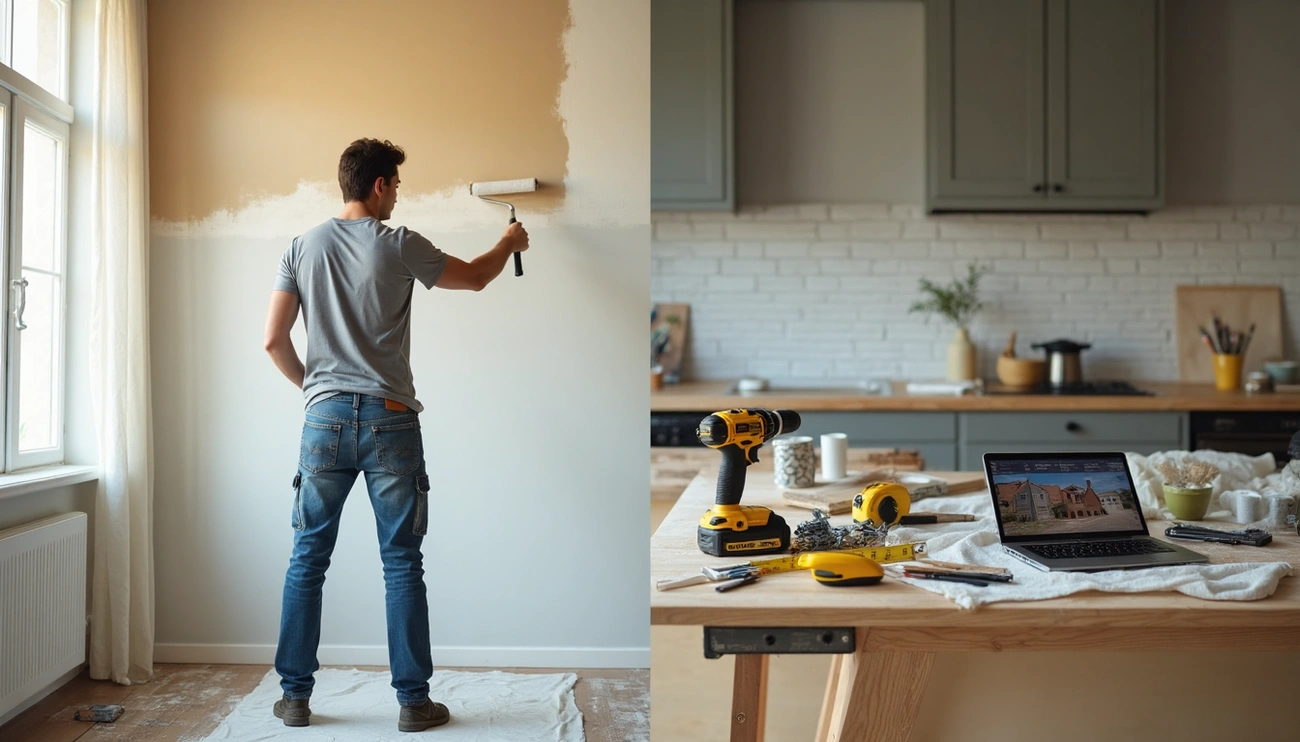
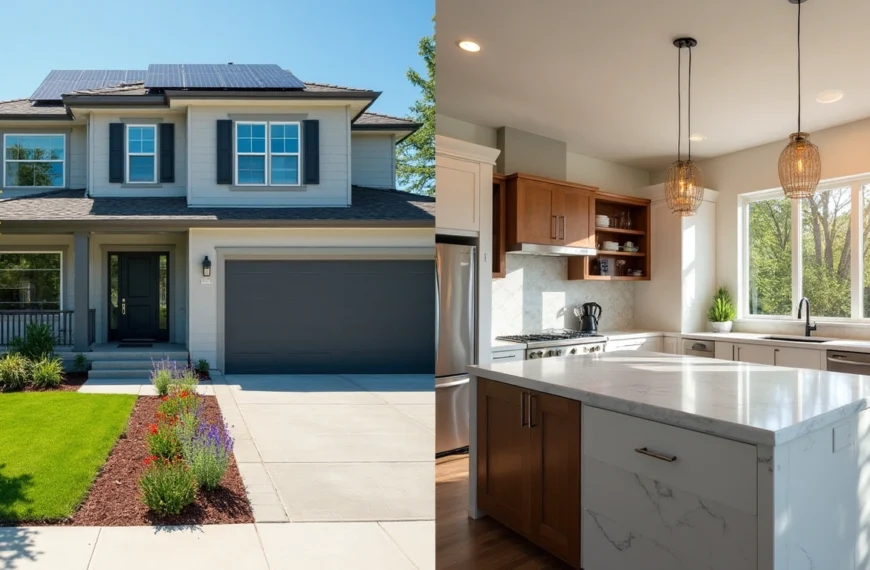
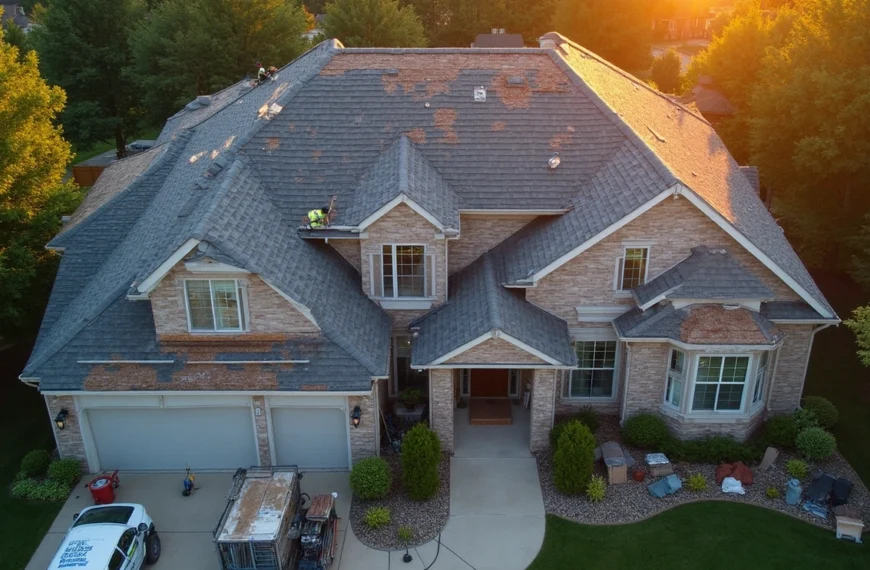
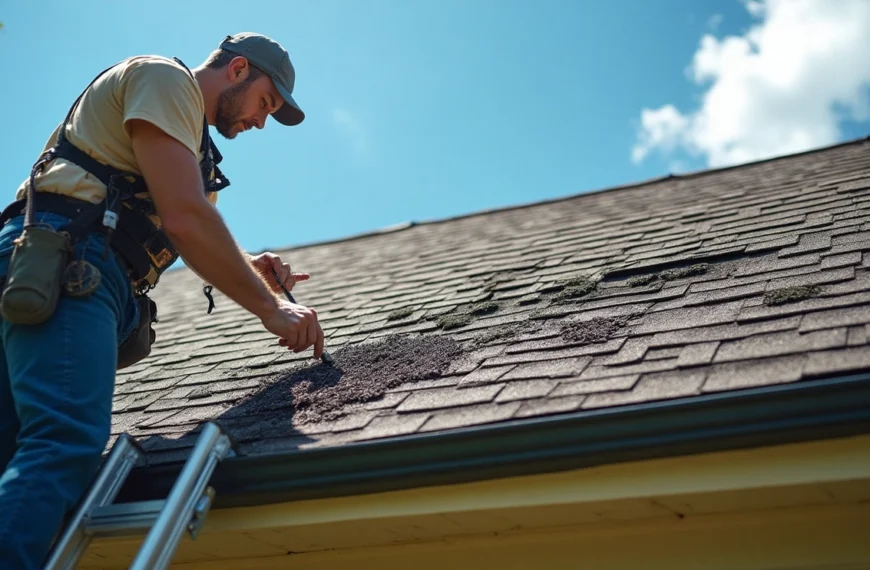
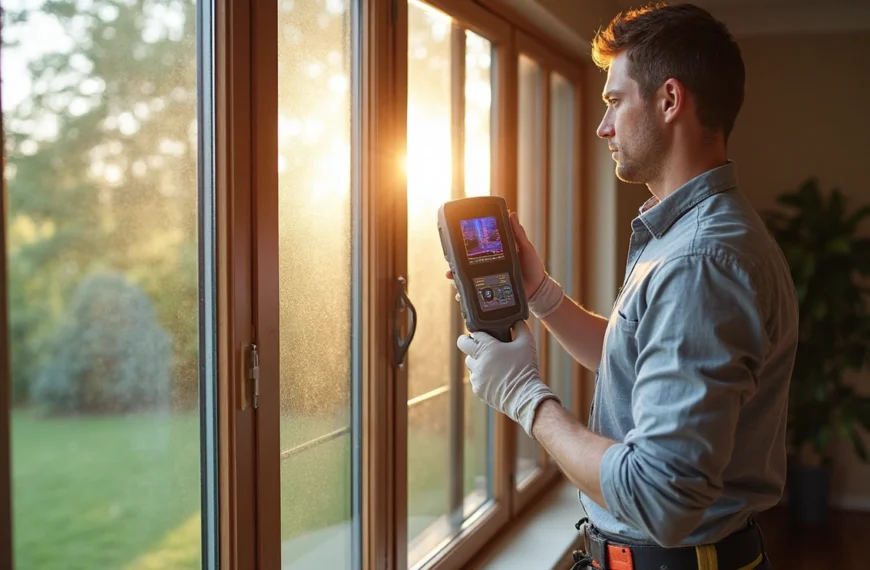








![No Win No Fee Lawyers: The Hidden Truth About Settlement Cuts Legal representation through no win no fee lawyers gives clients a way to fight cases without paying anything upfront. Many clients don't know that these services take a big chunk of money after winning the case. Lawyers usually take 25% to 40% of what you win as their contingency fee. The amount lawyers take from settlements can add up fast. A $100,000 settlement means your attorney gets $30,000 if they charge a 30% fee after winning your case. Your solicitor's cut might be £10,000 from a £30,000 compensation award, based on your agreement percentage. This payment model stays pretty much the same for no win no fee lawyers in different places, though percentages can change. This piece breaks down what you need to know about contingency fee deals. You'll learn about standard fee ranges, extra costs beyond the basic fee, and times when this payment setup might not work in your favor. Smart clients should think over these money matters before signing up with a lawyer to make better choices about their legal help. What No-Win No-Fee Really Means Image Source: Express Legal Funding A no-win no-fee arrangement, also called a Conditional Fee Agreement, changes the way people get legal help. This payment approach removes the need to pay legal fees upfront and creates a partnership between clients and their attorneys. How contingency fees work No-win no-fee agreements are based on contingency fees. Lawyers get paid only when they win compensation for their clients. Most lawyers take between 25% and 40% of the final amount, based on how complex the case is and where it's filed. Lawyers take their cut after winning the case. To name just one example, see a case where a lawyer wins £30,000 in compensation with a 33% fee - they would receive £10,000. On top of that, some law firms use sliding scales where they charge less for quick settlements and more if the case goes to trial. The law requires a written agreement before any work starts. This paperwork spells out the lawyer's percentage, what costs you'll need to cover, and other key details. What happens if you lose the case The meaning behind "no-win no-fee" is clear - losing your case means you won't pay your lawyer anything. All the same, you should know about a few money-related details. You won't owe your lawyer when you lose, but some deals might make you pay for court fees, expert witnesses, or other case expenses. The other side could also ask you to pay their legal costs. Many lawyers suggest getting "After Event" insurance to protect their clients. These policies cover any costs if you lose your case, which makes the no-win no-fee setup much safer. Why lawyers offer this model Lawyers want to make legal help available to more people, so they offer these payment plans. This setup helps people who don't have much money take legal action when they have valid claims. The payment structure motivates lawyers to work hard. They only get paid by winning cases, which pushes them to get the best results possible. Lawyers carefully assess each case before taking it on a no-win no-fee basis. They usually accept cases that have a good chance of winning, since they put in lots of time and resources without any guaranteed payment. The Real Cost: How Much Do Lawyers Take from a Settlement Image Source: Greiner Law Corp. The true cost of no-win no-fee legal representation becomes clear once we look at contingency fees. Many clients feel surprised to see a big chunk of their settlement checks going to their attorney's fees. Typical percentage ranges (25%–40%) No win no fee lawyers typically ask for 25% to 40% of the total settlement amount. Personal injury attorneys usually take 33.3% (one-third) of the awarded compensation[101]. Lawyers and clients agree on this percentage before any work starts on the case. Several factors shape the final percentage. Your chances of winning, case complexity, and the work to be done play key roles in determining the attorney's cut. Some areas have laws that cap the maximum contingency fees for specific types of cases. Sliding scale based on case complexity Law firms often use a tiered fee system that changes with the case stage and complexity. This scale rewards quick settlements while paying attorneys fairly if more work becomes needed. The fee might start at 30% if the case settles before lawsuit filing. This number could climb to 35% after filing or reach 40% if the case goes to trial. Law firms often group cases by complexity: 10%-20%: Simple cases with straightforward settlements 25%-35%: Typical personal injury cases 35% and above: Complex cases requiring extensive resources Examples of payout breakdowns These ground examples show how fees affect settlements: A $15,000 settlement with a 33.3% contingency fee.pdf) puts $5,000 in the attorney's pocket, leaving $10,000 for the client. Similarly, from a $100,000 settlement with a 33% fee, the attorney gets $33,000 while the client receives $67,000[102]. Complex cases tell a different story. A $100,000 settlement with a 30% fee plus $5,000 in extra costs leaves $65,000 for the client after all deductions. These fees substantially change the client's final payout. Hidden Costs You Might Not Expect Image Source: Nelson Personal Injury Lawyers Beyond percentage-based fees, clients often feel surprised by extra costs that can reduce their final compensation by a lot. These hidden costs show up in the fine print of no-win no-fee agreements. You should think over these details before signing. Court filing and expert witness fees Legal proceedings come with unavoidable court filing fees. These charges differ by jurisdiction. They usually range from $30 for small claims to several hundred dollars for complex civil lawsuits. Expert witnesses can be expensive, with hourly rates ranging from $150 to $1,000 based on their credentials and testimony complexity. Expert witnesses charge more for court appearances than consultation work because of added pressure and prep time. Clients might still need to pay experts for their prep work even if the case settles before trial. Medical report and investigation costs Medical documentation is a vital part of many legal claims. These costs include fees to release medical records, create specialized reports, and prepare documents. Investigation costs cover evidence gathering, police reports, witness interviews, and other fact-finding work needed to build a strong case. Of course, some firms say they'll cover these expenses upfront, but clients don't completely avoid these costs. When these costs are deducted from your compensation Law firms take these expenses from the settlement amount before they calculate their percentage fee, though each firm handles this differently. Some lawyers subtract these costs after figuring out their contingency fee, which changes how much money clients end up with. Most firms pay case-related costs during the process and get their money back from the settlement. The defendant usually pays most simple legal costs and disbursements in successful cases, but not always everything. Insurance protects clients from costs in unsuccessful claims at many law firms, but this protection isn't guaranteed. Clients should review their agreements carefully since they might still need to pay specific expenses even if they lose their case. When No-Win No-Fee Might Not Be the Best Option Contingency fee arrangements give many people access to justice. However, this payment model doesn't always work in a client's best interests. Knowing these limitations helps clients make better decisions about their legal representation. Cases with unclear liability Lawyer no win no fee arrangements work best in cases where fault is clear. We assessed the probability of success before taking contingency cases. Lawyers might turn down cases if there isn't enough evidence of the other party's negligence or if liability isn't certain. Cases with multiple responsible parties create more challenges. The situation gets complicated fast when several parties share liability. Lawyers are less likely to take these cases on contingency. They need to be confident they can prove the other party's negligence before accepting a case. Low-damage or low-payout claims Small claims often don't work well with the contingency model, even with real injuries. Cases that have minimal injuries or limited financial damages might not bring enough compensation to cover legal costs. The potential settlement needs to be big enough to pay for investigations, witness interviews and court fees. Personal injury lawyers often turn down cases where the "compensation potential" is too small. This doesn't mean the claim isn't valid - it just means the economics don't add up for a contingency arrangement. Situations where hourly billing may be better Hourly billing has clear advantages in certain cases. Clients see exactly what they're paying for - every hour worked and task completed. This model works well for cases that need lots of attention but don't have clear financial outcomes. Complex litigation with opposing parties works better with hourly billing and a retainer fee. Clients have more control over their case and don't feel pressured to settle quickly. Cases that need extensive preparation but have uncertain outcomes fit the hourly model better. Lawyers can spend the time needed without worrying about contingency limits. This approach often leads to better representation, especially for complex legal issues that need special expertise. Conclusion Understanding the Full Picture Before You Sign No-win no-fee arrangements offer legal representation without upfront costs. Of course, this seems attractive at first glance. In spite of that, you need to think about how these agreements can affect your final compensation. Legal fees usually range from 25% to 40% of your settlement - but that's just the start. You'll face more deductions like court filing fees, expert witness costs, and charges for medical documentation. What looks like a "free" service ends up taking a big chunk of your compensation to cover legal expenses. These arrangements work best in specific situations - cases with obvious liability, substantial damages, and solid evidence. If you have a low-value claim or complex liability issues, traditional hourly billing might serve you better. Without doubt, you should ask for clear explanations of all possible costs before signing anything. Read the fine print closely, especially when you have to deal with expenses in unsuccessful cases. Ask to see sample settlement breakdowns that show all deductions. This helps you picture what you might actually take home. Your choice to go with a no-win no-fee arrangement depends on your situation. This model helps if you don't have money to pursue valid claims. But if you have a strong case and enough funds, other fee structures might let you keep more of your compensation. Whatever payment model you choose, knowing exactly how much lawyers take from settlements helps you make better decisions. This knowledge lets you approach legal representation with real expectations and better control over your money. FAQs Q1. What percentage of a settlement do no-win no-fee lawyers typically take? No-win no-fee lawyers typically charge between 25% to 40% of the final settlement amount as their contingency fee. The exact percentage often depends on the complexity of the case and the stage at which it is resolved. Q2. Are there any hidden costs in no-win no-fee arrangements? Yes, there can be additional costs beyond the lawyer's percentage fee. These may include court filing fees, expert witness costs, medical report expenses, and investigation costs. These expenses are usually deducted from the settlement amount before or after the lawyer's fee is calculated. Q3. What happens if I lose my case in a no-win no-fee arrangement? If you lose your case, you generally won't have to pay your lawyer's fees. However, you might still be responsible for certain expenses like court costs or the opposing party's legal fees. Many lawyers offer insurance to protect clients from these potential costs in case of an unsuccessful claim. Q4. When might a no-win no-fee arrangement not be the best option? No-win no-fee arrangements may not be ideal for cases with unclear liability, low-value claims, or complex legal issues requiring extensive preparation. In these situations, traditional hourly billing might be more appropriate and potentially more cost-effective for the client. Q5. Can I negotiate the percentage a lawyer takes from my settlement? Yes, the contingency fee percentage is often negotiable. It's typically agreed upon and formalized in writing before the lawyer begins working on your case. Don't hesitate to discuss the fee structure with your lawyer and ask for a detailed breakdown of potential costs and deductions.](https://consumersweek.com/wp-content/uploads/2025/06/No-Win-No-Fee-Lawyers-The-Hidden-Truth-About-Settlement-Cuts-870x570.webp)
